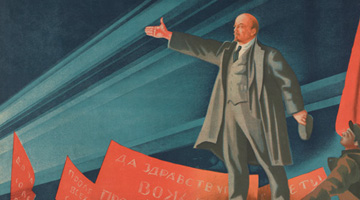Teaching With Digital Collections
Teach. Learn. Use Digitized Primary Sources.
Providing access to digitized primary source materials for instruction and research is one of the primary missions of Duke University Libraries’ digital collections program. Many items in the digital collections are part of the David M. Rubenstein Rare Book & Manuscript Library. They include historic advertisements, oral histories, Duke University construction photographs and other items concerned with University history, North Carolina history, documentary photography, and more! Digital collections are excellent instructional tools, because they make Duke’s rare and unique items accessible from any classroom around the world.
A few examples of how instructors at Duke and beyond have successfully integrated digital resources into their classes are listed below. We encourage you to do the same. If you have questions, ideas or want to learn more about using Duke Digital Collections, visit our site or contact the Digital Collections Program Manager directly (molly.bragg at duke.edu).

Community History
Writing 101, Duke UniversityThe Allen Building Takeover was the 1969 occupation of Duke’s main administrative building by African American students. It is remembered today as a seminal event in Duke history. As part of a Writing 101 course “Community History,” students used the digitized Allen Building Takeover Collection (from the University Archives) to look at flyers, reports, eyewitness accounts, and clippings from the time period. Using these digitized materials, students then created research papers or websites that incorporated the primary sources. This assignment worked well for first year students, and could be adapted for more senior students by incorporating other digitized collections like the Duke Chronicle, as well as non-digitized primary sources in the University Archives.

Modern US History
Mississippi State UniversityIn autumn 2014, an undergraduate history class at Mississippi State University made intense use of the oral histories available in Behind the Veil: Documenting African American Life in the Jim Crow South. This large survey course (predominantly freshman and sophomores) covered US history during the period 1877 to the present, and the theme of the course was race relations. The course had an assignment to listen to oral history accounts from the period. Students were required to visit the website and select one individual. Each student was required to listen to an oral history (they could also read the transcript), and then write up a 4-5 page biography about the individual’s life experience. More »

Photography and Documentary Studies Seminar
Center for Documentary Studies, Duke UniversityThe seminar’s professor exposed students to several documentary photography digital collections including William Gedney, Hugh Mangum and Paul Kwilecki. The class used the digital collections in two ways. First, the digital images provided an easy way to review the photographer’s work in and out of the classroom anytime of day without having to travel to the library. Second, they studied how the digitized prints and accompanying descriptive information or lack thereof affected the students’ interpretation of the prints.

Between Moscow, Beijing, Delhi
Slavic and Eurasian Studies Department, Duke UniversityIn 2011, 2013 and 2014 students in this class were exposed to the Russian Posters digital collection, and the professor plans to use the photographs in the Americans in the Land of Lenin digital collection in future iterations of the class. The posters have been especially effective in bringing to life the complexities of Sovietization and the Soviet experience.

U.S. History Since 1865
Ithaca CollegeThe professor used oral histories from the Behind the Veil digital collection to help students understand what life was like for African Americans in the Jim Crow South. Students were asked to listen to the recordings and study the transcripts, then come to class prepared to interview each other about what they have learned. According to the professor, the discussions that followed the assignment were some of the “most memorable experiences” for both students and professor that semester.

